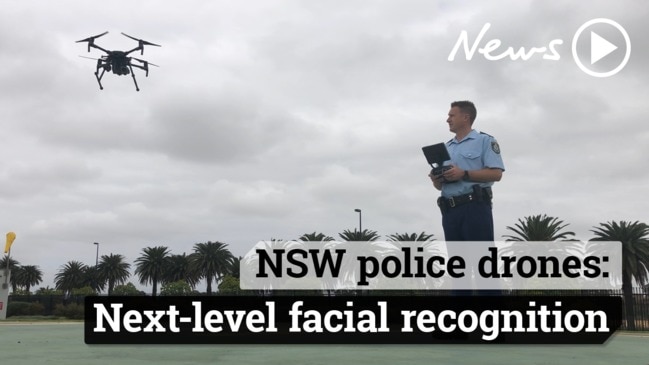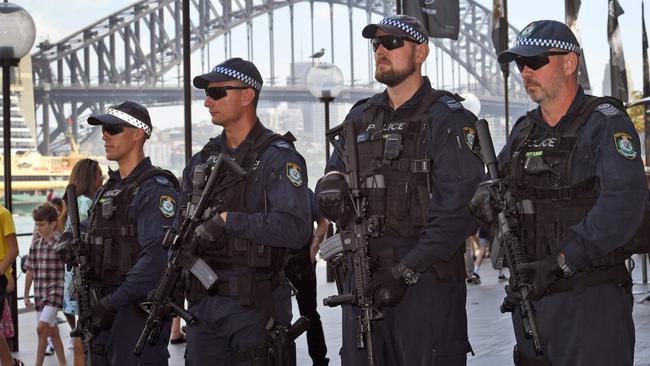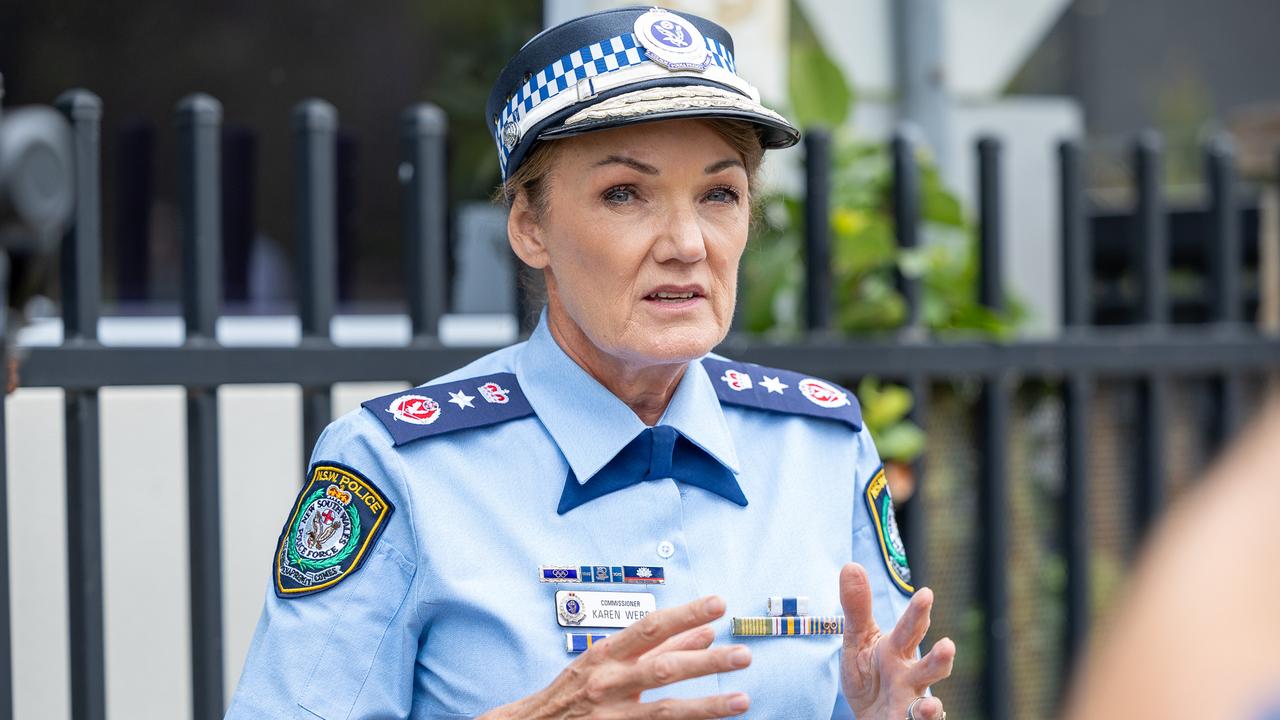Riot squad police on patrol at night cut by more than two-thirds
The police union has warned that a move to slash the number of elite cops with access to rifles patrolling at night could expose the community to danger.

- NSW crime statistics: police face challenge to make people feel safe
- Police campaign for 2500 extra cops an election issue
NSW Police has slashed the number of specially trained elite cops who have access to long-arm rifles patrolling the city at night.
Until two weeks ago there were between 21 and 28 Public Order and Riot Squad officers rostered on between 6pm and 1am from Sunday through to Thursday, but that number has been reduced to just seven.
Even on weekends the numbers have not been bolstered, with the shift hours for the seven officers extended to 4am.

Sources within the squad said the roster change would result in a dramatic saving in penalty rates being paid to members, but would expose the community and other police.
“We have only just received complaints about the changes, which we feel compromise the safety of the general public and our numbers, and are investigating them and will ask the police executive for an explanation,’’ Police Association of NSW president Tony King said.
MORE NEWS
JULIE BISHOP RETIRES FROM POLITICS
PRISON GUARD CLAIMED SEX WITH INMATES WAS ‘CONSENSUAL’
‘COMPLETE DISGRACE’: TRIPLE KILLER GRANTED PAROLE
NSW Police confirmed there had been changes to shifts, saying they were implemented for operational reasons.
“The roster is flexible and fluctuates throughout any given week to ensure an appropriate response to public safety is maintained,’’ the spokesman said.
The 100 officers report to the counter-terrorism squad and are trained to use rifles recently acquired to combat the growing “active shooter’’ scenario.
PORS is one of the force’s most visible squads. Officers wear distinctive blue uniforms and patrol busy areas in four-wheel drives that have long-arm rifles inside. There has been no reduction in the number of officers in the squad.
Mr King said the union also believed the community was being put at risk by red tape restricting the speed at which trained officers are able to access the high-powered rifles, especially in the bush.
In one case in Queanbeyan a man was walking down the street with a gun, shooting at random into cars and shops, he said. But an officer had to drive to the police station, unlock the long-arm and then drive back to the scene to arrest him.



